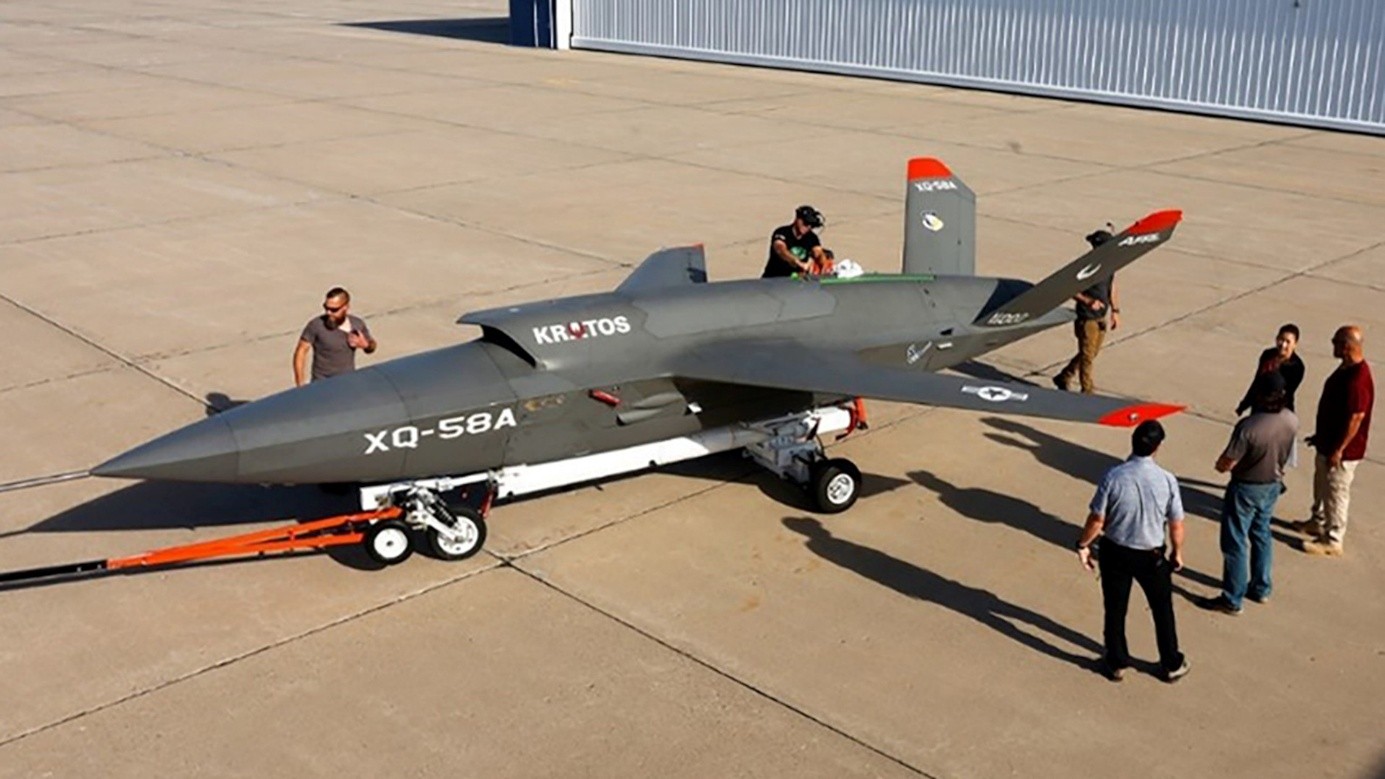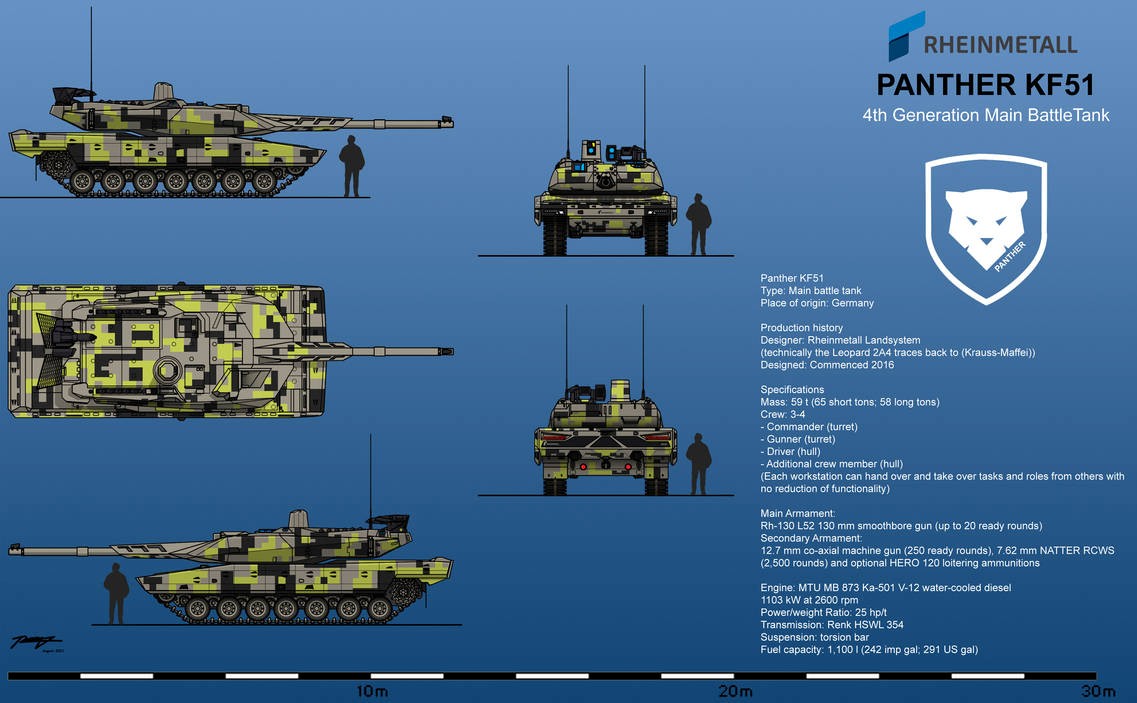Even now, a state of the art fighter jet like the F-35 has many different sensors that detect all kinds of data and that sort the data to show the pilot the most important data points. The F-35 semi-automatically helps pilots detect threats and potential targets, and is equipped to share all of this data with other air assets.
In the future, a piloted fighter jet like the F-35 will have pilotless wing men, or automated drones accompanying it on missions. The Kratos (NASDAQ: KTOS) XQ-58 is one such experimental unmanned vehicle, but there will be many more in the future.
These can carry additional payload, can be used for reconnaissance, lower risks, and become force multipliers.

Air assets are not the only area where smart combat systems exist, however. Modern tanks, such as the Rheinmetall (OTC: RNMBY) KF51 Panther utilize AI as well, for target identification, monitoring the environment for potential threats, and so on.

Israel’s famous Iron Dome is another smart combat system. This air defense system aims to intercept rockets, artillery shells, and so on, and has done an excellent job in past conflicts. Its detection is automated, AI helps track and predict what incoming rockets may hit vulnerable targets, and those are then automatically engaged.
Rockets that will not land in populated areas don’t have to be engaged, which saves resources, making the system very efficient — humans couldn’t calculate trajectories quickly enough, so AI and automation are gamechangers here.
On a larger scale, Palantir (NASDAQ: PLTR) has its Gotham software platform for visualizing and analyzing entire battlefields in what’s called battlefield intelligence. Gotham uses data from different sources, including surveillance drones, satellites, and so on, and fuses those different data sets for commanders, helping predict threats and showing promising targets.
Gotham has been used by Ukraine in its ongoing conflict with Russia, for example, and is also used by the US and Israeli military.
Smart Combat Systems: How Can Investors Benefit?
Major defense companies, such as Lockheed Martin (NYSE: LMT) or General Dynamics (NYSE: GD), deploy smart combat system technologies across their aircraft, ammunition, drones, and so on, although those companies generally don’t have a clear AI focus.
PLTR is a more AI-centric company that is growing quickly, thanks to a strong order intake pace from both government and commercial customers. Making the entire command structure smarter and improving battlefield intelligence is a big theme that should allow Palantir to grow quickly and benefit a lot from growing smart combat system usage.
Behind the scenes, other tech companies are at play as well. Sensors for data collection and transmission come from companies like Texas Instruments (NASDAQ: TXN) and Honeywell International (NYSE: HON), and companies such as Microsoft (NASDAQ: MSFT) and Amazon (NASDAQ: AMZN), via their Azure and Amazon Web Services businesses, providing computing power for governments that want to utilize smart systems in defense, with the Joint Warfighting Cloud Capability program being especially noteworthy.
Investors can also choose among our top Artificial Intelligence picks to benefit from increased Smart Combat System usage and general Artificial Intelligence growth.

